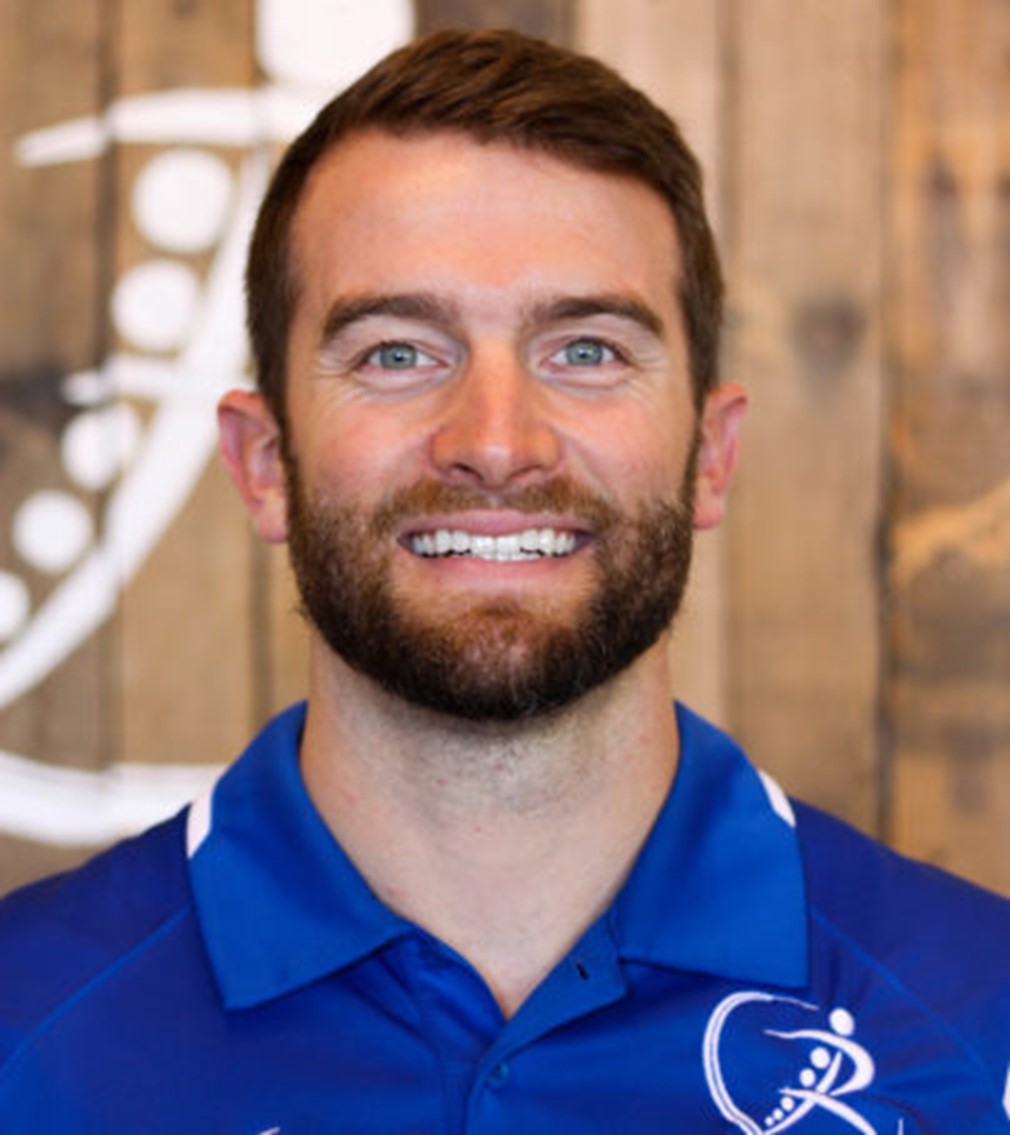Core stability is a term that you may have heard before, it’s certainly becoming more popular in the same way that “functional movement”, “functional exercise” and “movement patterns” have become more popular in the past few years. The problem is that “core stability”, like the other terms I listed, is a little ambiguous; so, two people can have two different definitions of the same term. I’d like to help break it down a bit and describe what our ‘core’ consists of from an anatomy standpoint and why it’s important to understand its function in your health and performance.

The anatomy of our core is much like a cylinder. We have small muscles, called the multifidus, which run along the spine and deep abdominals that wraps from the front and around the sides. These all function to support our spine, ribs and pelvis. The top of the cylinder is made up of the diaphragm, a muscle which lies just below our lungs and is primarily responsible for how we breathe. Lastly, the bottom of the cylinder is made up of the pelvic floor, a group of muscles that work to support our organs and allow us to postpone using the bathroom until we get to where we need to be.
At RPI, we define core stability as the synchronous function of all of these muscle groups to control the bones in your low back, pelvis and ribs, to allow you to breath normally both at rest and under tension, and to appropriately control the muscles of your pelvic floor. When any parts of this system become over- or under-active, problems can begin to arise either in the low back or elsewhere. It’s like a symphony when it’s well orchestrated!

How does this apply to your health and performance? In so many ways. Not just in individuals who are experiencing low back pain, but also runners and triathletes, mothers after the birth of their children, and so many more. Core stability lays the foundation for the rest of our movement. In early infancy, we learn to roll over before we go on to crawl, it’s these simplistic movements repeated hundreds and thousands of times that initiates core development. It’s no coincidence that these same movements are revisited in therapy sessions every single day at RPI. Without the ability to stabilize our spine, we often fail to appropriately control our arms and legs causing our body to begin to lose motion in surrounding joints as a protective mechanism.

How does this apply to health and performance? So often we can find videos on YouTube and Instagram of people doing ab exercises such as crunches or twists with a ball, but that’s not truly the only function of our deep abdominals or low back muscles. Their purpose is, firstly, to be able to prevent or minimize movement around our abdomen while your extremities move. I really think a lot of competitive and recreational athletes would feel and perform better if they more appropriately trained to be able to resist extension (arching) or rotation of their low back, in place of things like ab crunches or med ball twists.
It’s important that our core muscles work appropriately because if they don’t, other muscles inevitably have to work harder. For example, if a runner has an “overuse” injury of their hamstring on one side, why did it occur in a specific body part or only on one side? Was this “overuse” because it having to do more than its fair share of work?
We’ll touch on a few of these anti-extension and anti-rotation exercises in my next two posts.

